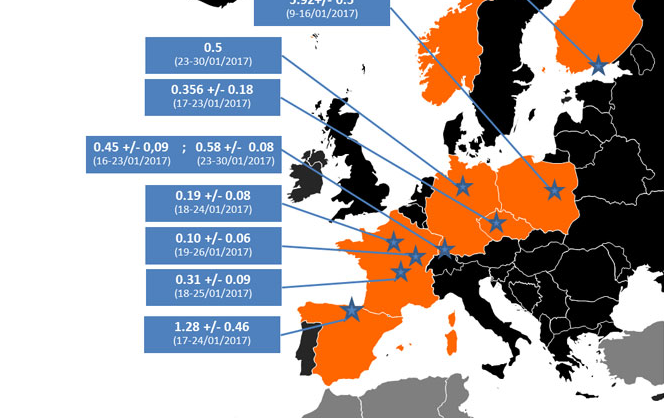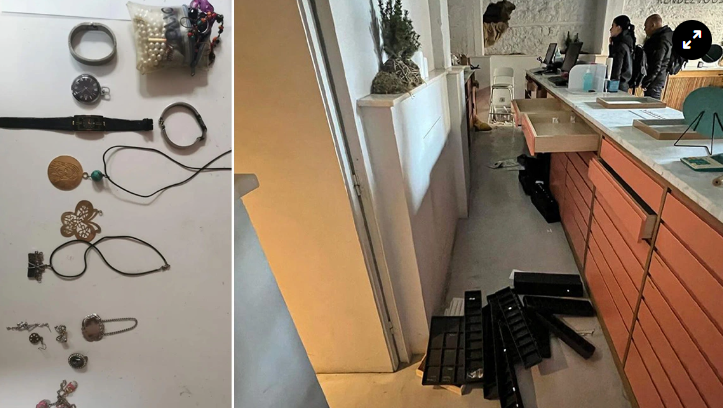Concerns have spread in Europe about a potential nuclear “incident” following a recent report by a French nuclear watchdog agency – the Institute for Radiological Protection and Nuclear Safety (IRSN), the French national public expert in nuclear and radiological risks – that radioactive Iodine-131 had been observed across much of northern and central Europe. Since the isotope has a half-life of only eight days, the detection was an indication of a rather recent release. As the Barents Observer added, “where the radioactivity is coming from is still a mystery.” The emission was rumored to have originated close to the Arctic circle, with some speculating that a nuclear test of emergency had taken place in Russia in January and the fallout then spread to Norway and onward to Europe:
“Iodine-131 a radionuclide of anthropogenic origin, has recently been detected in tiny amounts in the ground-level atmosphere in Europe. The preliminary report states it was first found during week 2 of January 2017 in northern Norway. Iodine-131 was also detected in Finland, Poland, Czech Republic, Germany, France and Spain, until the end of January”, the French Institute de Radioprotection et de Süreté Nucléaire wrote in a press release.
Adding an air of mystery to this alleged “incident” was the spotting of the “Constant Phoenix”, which as we first reported, arrived on Friday in the UK’s Mildenhall airbase from Florida. The WC-135 Constant Phoenix has been used in the past to determine whether nuclear tests or detonations have taken place in any given region. The WC-135 is a derivative of the Boeing C-135 transport and support plane. Two of these aircraft are in service today out of the ten examples operated since 1963. The aircraft are flown by flight crews from the 45th Reconnaissance Squadron from Offutt Air Force Base while mission crews are staffed by Detachment 1 from the Air Force Technical Applications Center.
Mystery radioactive residue over Europe raises concern
Report by French nuclear watchdog agency



































